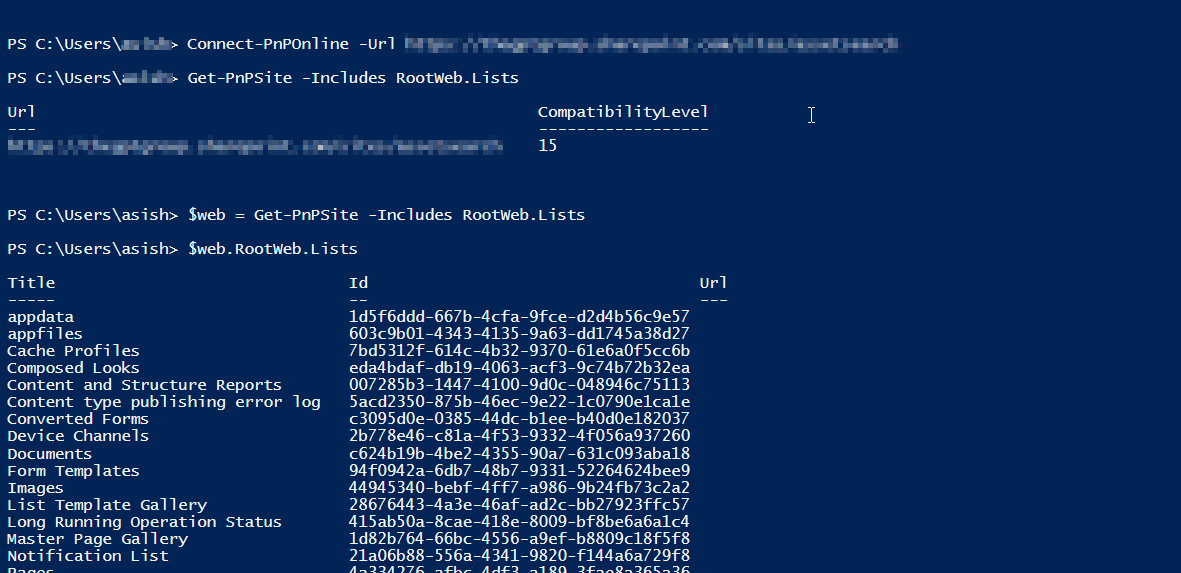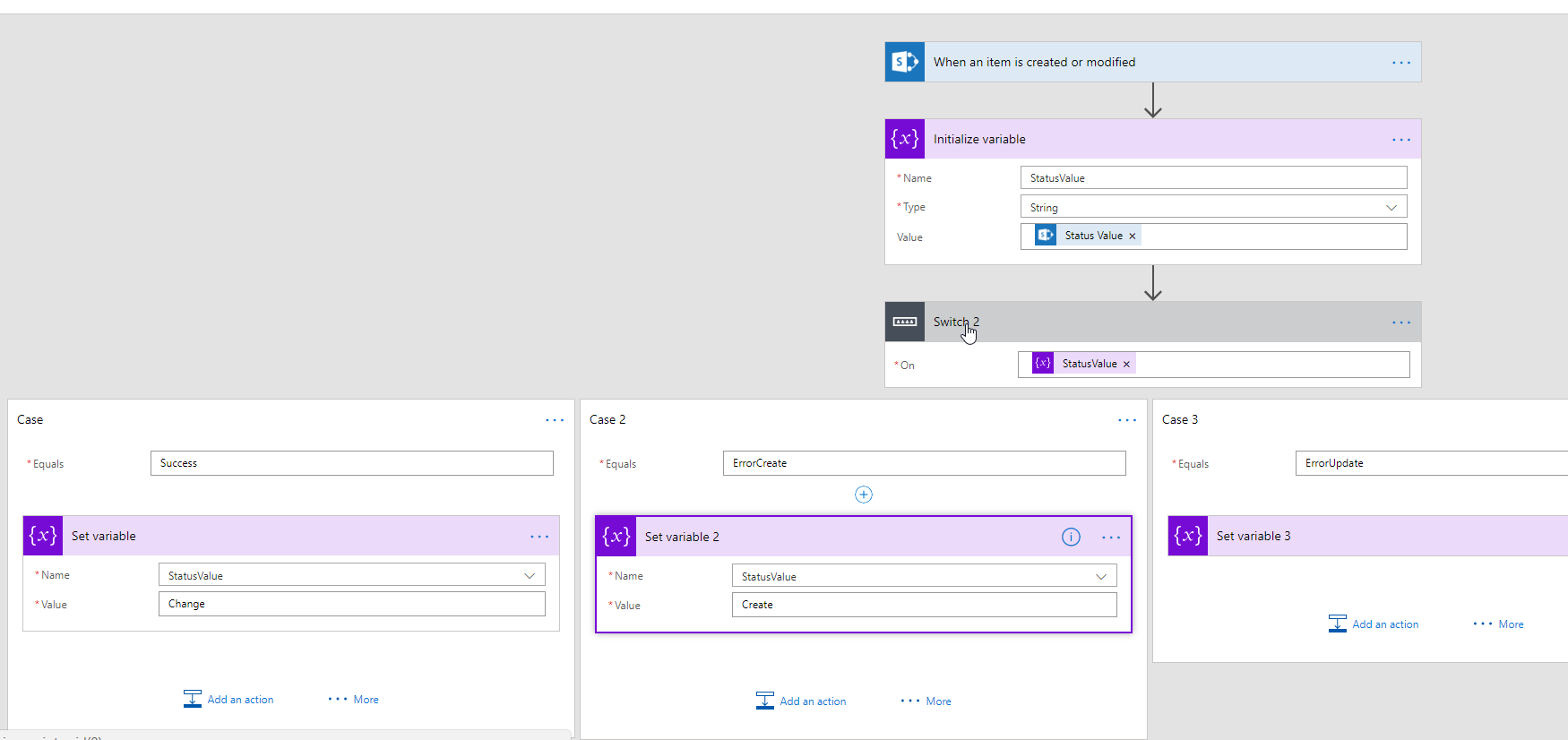
Quick start guide for PnP PowerShell
It is quite easy and quick to set up PnP PowerShell on a local system and start using it. Considering that PnP PowerShell has been gaining a lot of momentum among Devs and Admins, I thought it would be good to have a post for everyone’s reference.
So why PnP PowerShell? Because it is the recommended and most updated PowerShell module for IT Pros to work on SharePoint Online, SharePoint on-premise and Office 365 Groups. It allows us to remotely maintain a SharePoint Online and Office 365 tenancy as we will see below.… [Keep reading] “Quick start guide for PnP PowerShell”


